📦 Fast Delivery – Order Now!
💸 Shop Safely – 100% Money-Back Guarantee
👨🔧 Lifetime Customer Support
📦 Fast Delivery – Order Now!
💸 Shop Safely – 100% Money-Back Guarantee
👨🔧 Lifetime Customer Support
When it comes to solar power, panels get all the attention. But without an inverter, your system wouldn’t do much. That’s because solar panels create direct current (DC), yet your home uses alternating current (AC). So, what bridges the gap? The inverter.
Let’s break down what it is, how it works, and why it’s essential for efficient solar energy use. And we’ll show you how AceFlex.us helps you make the smartest choice—every time. Today we are dealing with the question: What is a inverter?

A DC to AC converter converts DC electricity from your solar panels into AC power for your home. This process allows your appliances, lights, and electronics to use the energy your panels generate.
Because your home runs on AC, and your panels create DC, the AC power supply is absolutely essential. It acts like a translator—turning solar power into usable home energy.
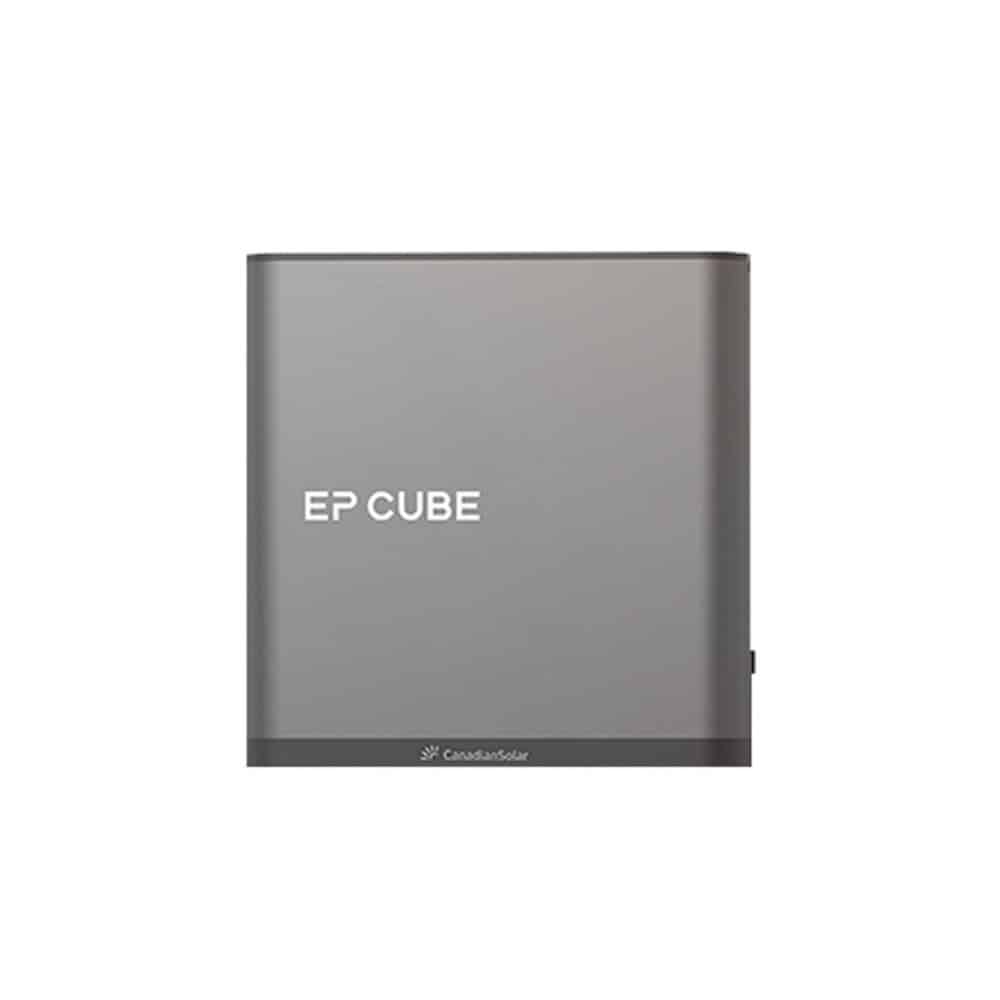
✅ Hybrid functionality for solar production and battery backup (7.6 kW)
✅ Seamless energy transition with fast backup switchover (<30 ms)
✅ Compact single-phase design – ideal for residential PV systems
The inverter constantly monitors your solar array. As your panels generate power, it shifts that electricity into a safe, stable AC signal.
It doesn’t just flip a switch—it manages voltage, synchronizes with the grid, and even adjusts based on sunlight. And when solar production drops, it compensates instantly.
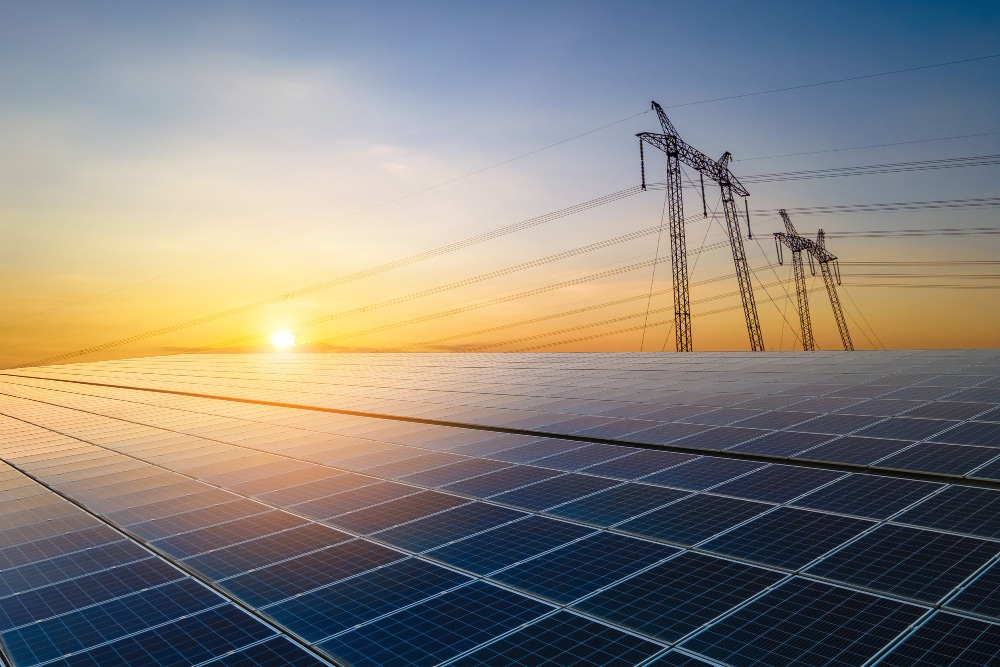
Without it, your solar panels are useless for household energy. And while batteries store DC power, you still need a AC power supply to use it.
Inverters also give you control and visibility. Many models offer performance tracking, error detection, and app integration. That means you stay informed—any time, from anywhere.
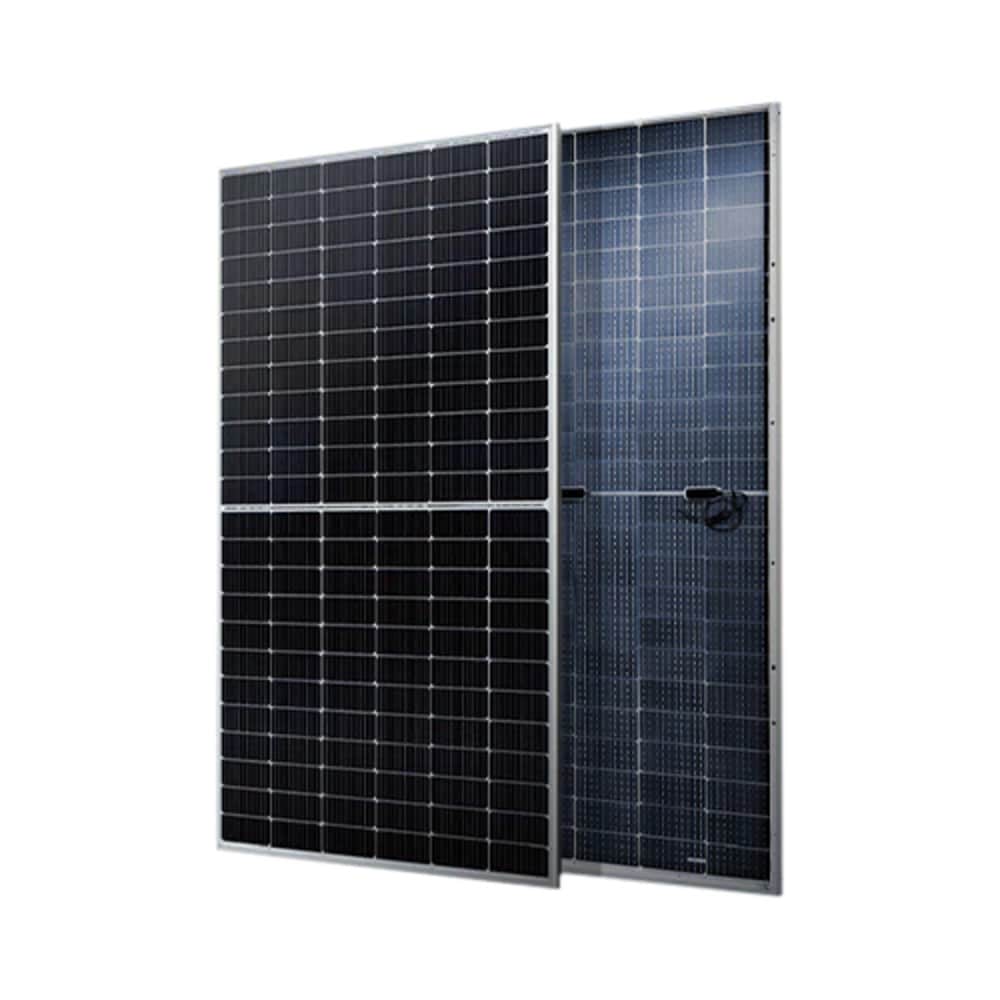
✅ High output (550W) for superior efficiency
✅ Bifacial design for enhanced energy production
✅ Made in America, ensuring high quality and innovation
Choosing the right type matters, and AceFlex can help. Each has strengths, but also trade-offs:
| Type | Description | Best For |
|---|---|---|
| String Inverter | One unit connects all panels in a series. Simple and affordable. | Small homes, full-sun roofs |
| Microinverter | One inverter per panel. Independent performance tracking. | Shaded roofs or complex layouts |
| Hybrid Inverter | Combines solar and battery control in one device. Flexible and future-ready. | Homes with or planning batteries |
| Central Inverter | Large-scale inverters for commercial or industrial solar systems. | Big businesses, solar farms |
So whether you want low cost or advanced tech, there’s an model that fits. And AceFlex.us knows which one matches your needs.

Yes—but only in limited situations. For example, if you already have a battery system, a standalone AC power supply can power your home.
Still, in most cases, inverters work with panels to deliver renewable power. And with net metering, it also helps sell excess energy back to the grid.
On average, inverters last 10 to 15 years—though some last longer with good care. Microinverters and hybrid models often come with 20–25 year warranties.
That said, quality matters. And that’s why AceFlex only recommends reliable brands with proven performance.
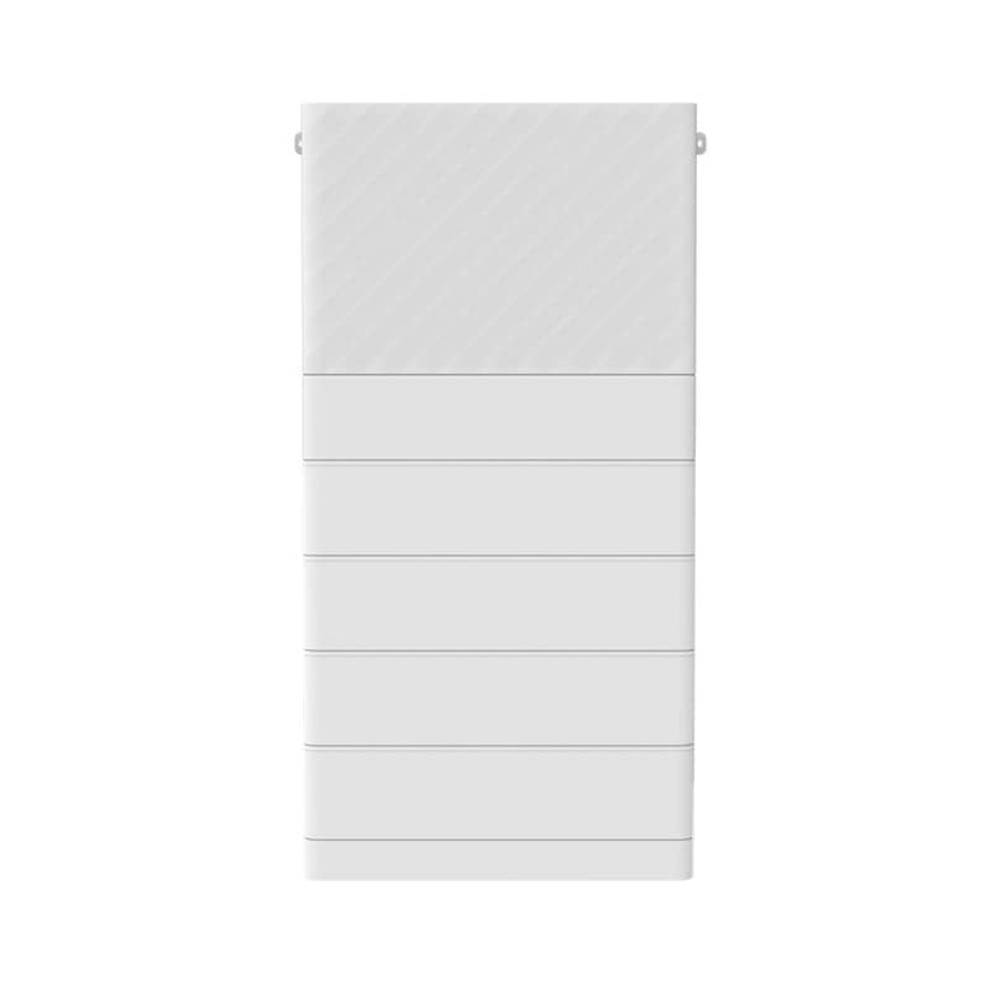
✅ 11.4 kW hybrid inverter
✅ Scalable up to 80 kWh
✅ App/web-based remote monitoring
Yes, but not much. You’ll need occasional software updates and maybe a dust wipe once a year.
Also, most smart inverters alert you to problems via app or web interface. So, while they work hard, they don’t ask for much in return.
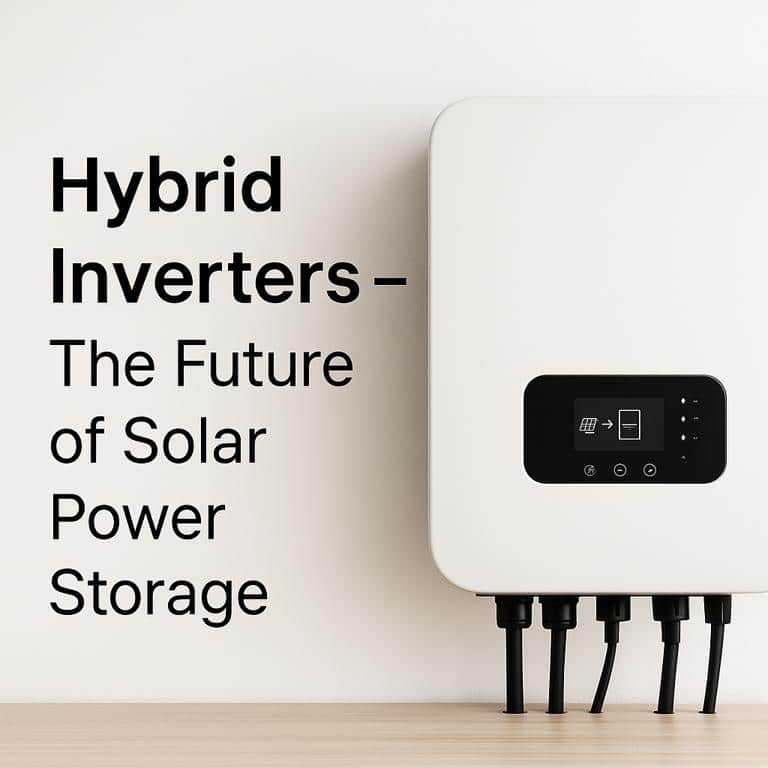
Modern inverters are smarter and more efficient than ever. They adapt to shading, offer real-time energy analytics, and pair seamlessly with batteries.
Some even function during blackouts if paired with storage. And thanks to Wi-Fi and Bluetooth, you’re always in the loop.
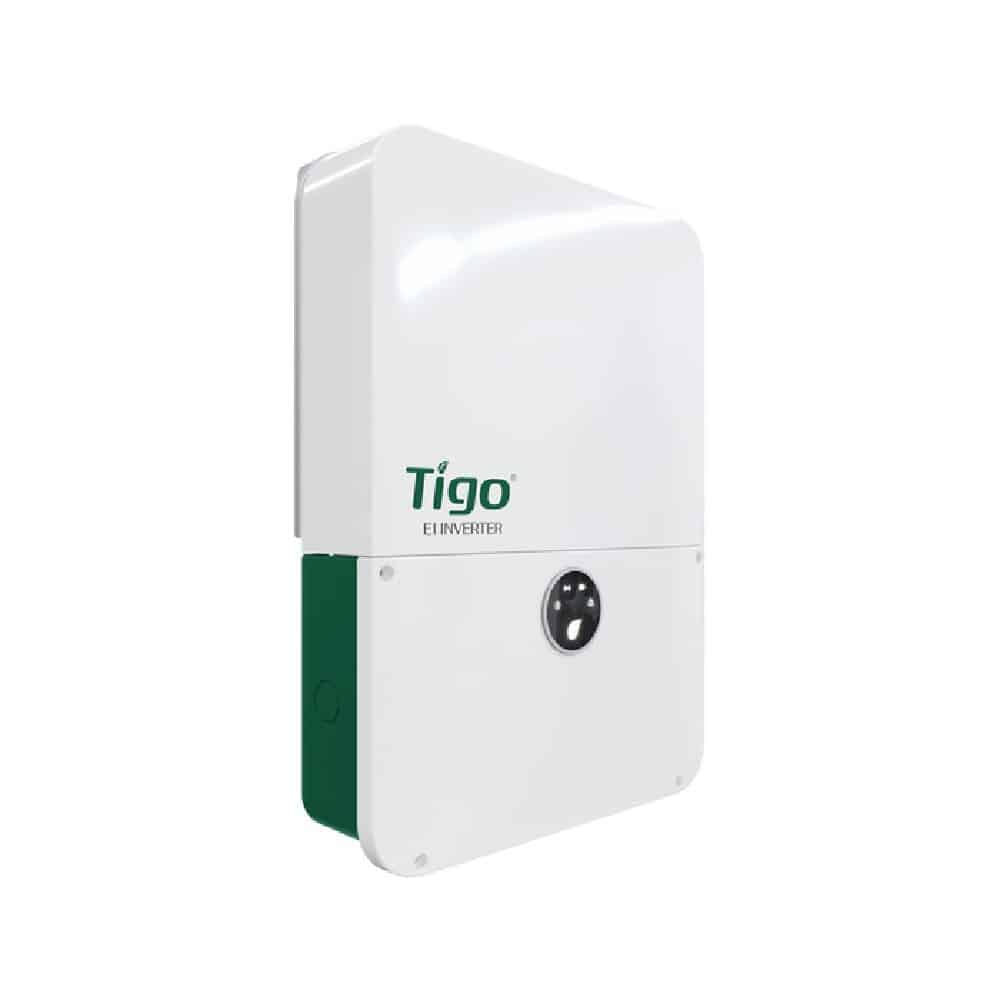
✅ 7.6 kW output
✅ Seamless integration with Tigo EI battery systems
✅ Real-time performance tracking
Inverters may work behind the scenes, but they do the heavy lifting. They convert energy, protect your system, and unlock your solar investment’s true potential.
And because every home is different, you need expert advice. That’s where AceFlex.us comes in. We match you with the right solar-inverter—based on your roof, budget, and energy goals.


It converts direct current (DC) into alternating current (AC), so you can use standard household appliances. Without it, many electronic devices wouldn’t work with solar panels or batteries.
You need an DC to AC converter because batteries and solar panels produce DC power. But most household electronics require AC power, which the DC to AC converter provides.
It is a device that creates AC power, while AC simply refers to the type of electricity. So it produces the AC that powers your devices.
A 1000W inverter can continuously supply up to 1000 watts of power to your devices. If you exceed that limit, it may shut down or overheat.
A fridge might only use 300 watts while running, but its startup surge can be much higher. That means your Power converter needs enough peak power to handle that surge safely.
A 10,000-watt inverter can run large appliances like air conditioners, washers, and power tools all at once. Still, you must consider startup loads, which can briefly exceed the running wattage.
Most TVs use between 50 and 200 watts, so a 1000W inverter can easily handle one. You can even plug in a few small extras like a DVD player or router.
A generator creates electricity from fuel, while an inverter changes DC power into AC. Some DC to AC converters combine both features for cleaner, more stable energy.
A 5000W AC power supply can easily run one or more refrigerators without a problem. Even during startup surges, it should have enough capacity to keep everything going.
You can use TVs, laptops, LED lights, routers, and even small kitchen appliances. Just make sure their combined wattage stays below 1000 watts.
That depends on your battery size and how much power you’re using. The more you plug in, the faster the battery drains.
Basic drip coffee makers might work, as they usually use around 800 to 1000 watts. But espresso machines and models with hot plates may need more power.
You can plug in anything under 1000 watts total, like a laptop, fan, lamp, or TV. Just add up the wattage to make sure you stay within the limit.
A good one usually ranges from 1000 to 2000 watts for everyday use. But if you run larger appliances, you might need 3000 watts or more.
Inverter generators are quieter and more efficient, but they often cost more than standard generators. Also, repairs can be more complex if something goes wrong.
With regular maintenance, such a generator can last over 10 years. Keeping it clean and serviced makes a big difference.
IAC power supplys cost more upfront than traditional units. But they save energy over time and run more quietly and efficiently.
A grid-tie inverter shuts down during power outages because it needs the utility grid to operate. That means you won’t have backup power unless you add a battery system.
AceFlex is one of the leading online retailers of renewable energy products and offers a wide range of solar products. We work with well-known manufacturers and wholesalers and can offer you cost-effective products in the field of photovoltaics so that you too can contribute to the energy transition.
Looking for an experienced team for planning your photovoltaic system without the hassle of doing it yourself? We are your trusted partner, offering comprehensive nationwide solutions. We provide expert consultation and supply of both photovoltaic systems and storage units tailored to your specific needs.
© 2025 Aceflex All Rights Reserved. Design by Media Pantheon, Inc.





